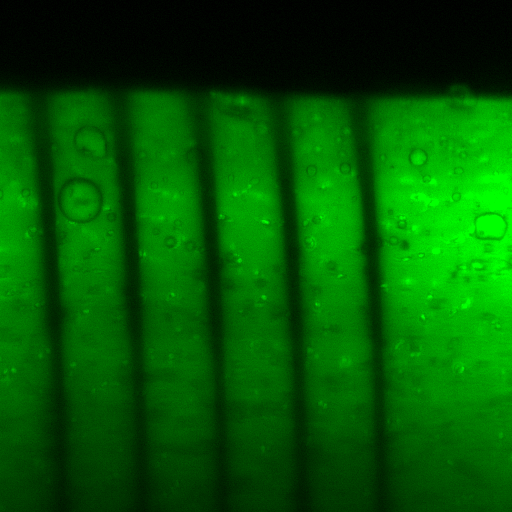Mechanics of Biological Tissues
The structure-function relationships of biological materials are critical to understating tissue development, function, disease, and therapy. We use custom-built devices to simultaneously study structure and mechanics of biological tissues.
category link:
/research/mechanics-of-biological-tissues


